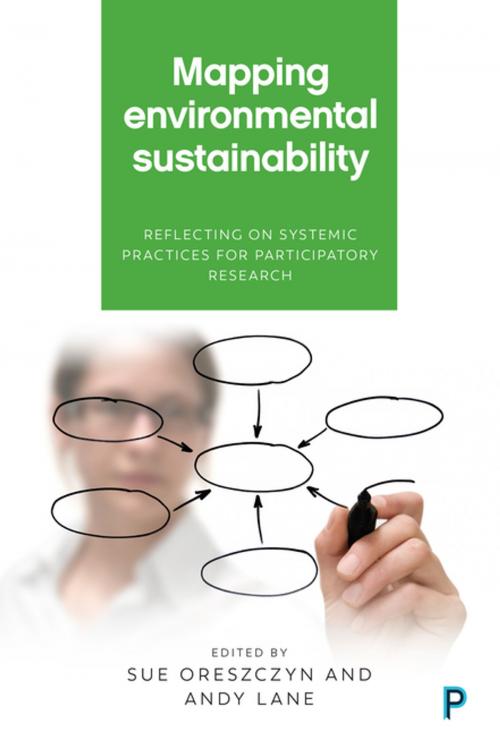Mapping environmental sustainability
Reflecting on systemic practices for participatory research
Nonfiction, Social & Cultural Studies, Social Science, Human Geography, Science & Nature, Science| Author: | ISBN: | 9781447335313 | |
| Publisher: | Policy Press | Publication: | September 6, 2017 |
| Imprint: | Policy Press | Language: | English |
| Author: | |
| ISBN: | 9781447335313 |
| Publisher: | Policy Press |
| Publication: | September 6, 2017 |
| Imprint: | Policy Press |
| Language: | English |
While there is growing interest in participatory research to address issues around environmental sustainability, the focus of analysis tends to be on the results or products of the research rather than the processes involved. Addressing this gap, the authors draw on their experience of specific mapping techniques, based on different systemic concepts and theories, that have helped facilitate, explore and capture different understandings of the relationships, perspectives and boundaries within situations involving environmental sustainability. The development of visual mapping techniques is explained and practical case studies describe their application in environmental sustainability projects, from working with farmers and their networks to using visual mapping with indigenous communities and managing coastal environments. Each case study provides a ‘real world’ project example from researchers with extensive experience of using these techniques to research different aspects of environmental sustainability over several decades.
While there is growing interest in participatory research to address issues around environmental sustainability, the focus of analysis tends to be on the results or products of the research rather than the processes involved. Addressing this gap, the authors draw on their experience of specific mapping techniques, based on different systemic concepts and theories, that have helped facilitate, explore and capture different understandings of the relationships, perspectives and boundaries within situations involving environmental sustainability. The development of visual mapping techniques is explained and practical case studies describe their application in environmental sustainability projects, from working with farmers and their networks to using visual mapping with indigenous communities and managing coastal environments. Each case study provides a ‘real world’ project example from researchers with extensive experience of using these techniques to research different aspects of environmental sustainability over several decades.















